
Tips to help you save a lot of electricity money every month
This method is quite simple: every evening before going to bed, simply place a bowl/tray/cup of water in the freezer compartment of your refrigerator and leave it overnight. The next morning, transfer the frozen water to the refrigerator’s fresh compartment and repeat this process daily.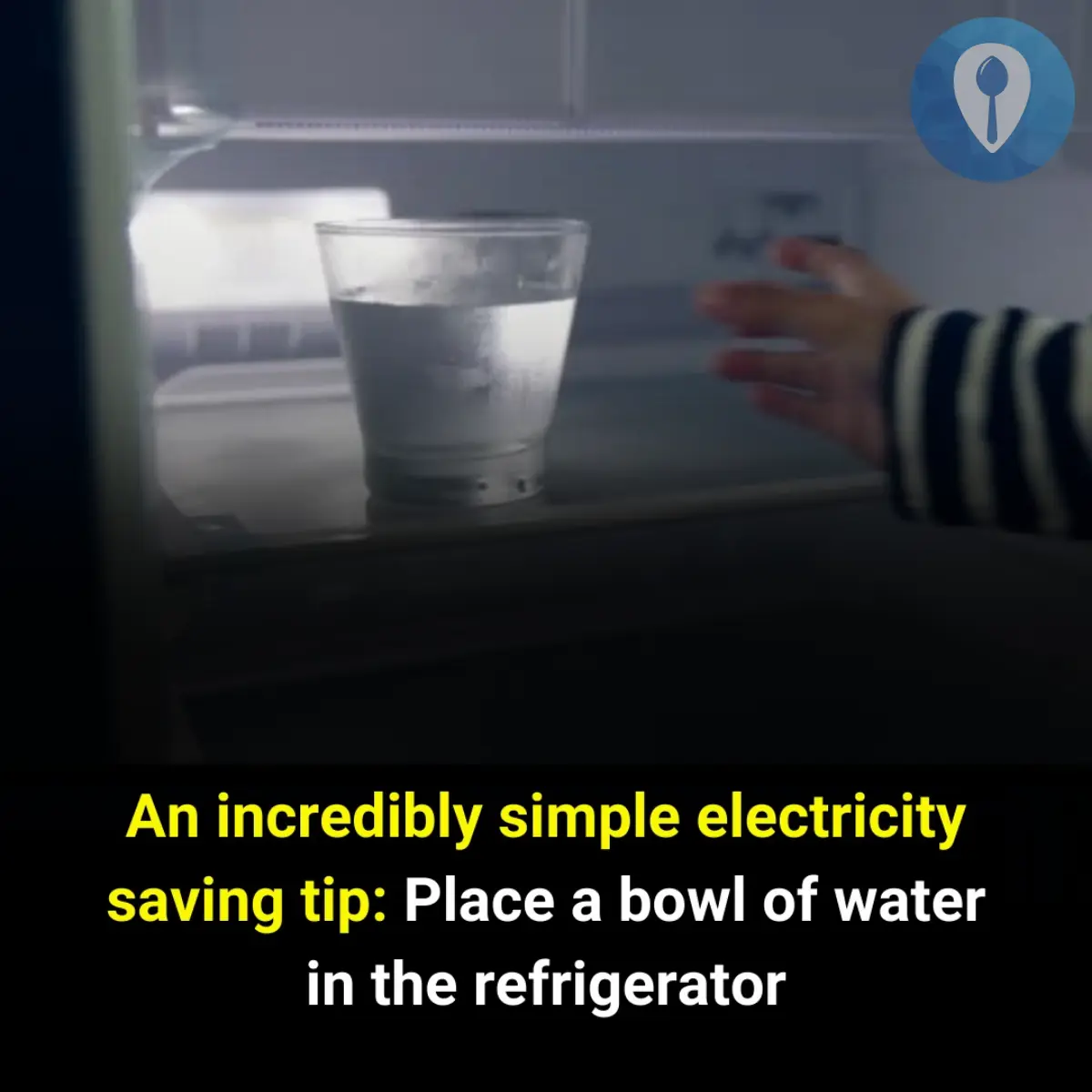
According to experts, although this solution is simple, it is very effective in saving energy for your refrigerator. Typically, refrigerators are not heavily used at night; therefore, placing a bowl of water in the freezer shortens the cooling time and reduces energy consumption compared to daytime use.
Furthermore, transferring the frozen bowl to the fresh compartment allows it to thaw gradually. As the ice melts, it releases cool air that helps the refrigerator quickly reach the set temperature without using much electricity. Additionally, the melting process adds extra moisture to the stored food, helping fruits and vegetables maintain their freshness and nutrients for a longer time.
In addition to the above method, here are some tips to extend your refrigerator’s lifespan and reduce its energy consumption:
Place the Refrigerator in a Cool, Well-Ventilated Area:
Position your refrigerator in a cool place, at least 15–20 cm away from the walls, and avoid direct sunlight or proximity to heat sources.
Check the Door Gaskets:
Ensure that the door gaskets are intact. Damaged gaskets can cause the fridge to lose cold air, forcing the cooling system to work harder and use more electricity.
Limit Door Opening:
Open and close the refrigerator door judiciously. Leaving it open for extended periods allows warm air to enter, increasing energy consumption.
Clean the Condenser Coils:
Clean the condenser coils 1–2 times a year by unplugging the refrigerator and using a soft brush and dry cloth to remove dust and dirt.
Set Appropriate Temperatures:
Adjust the temperature settings of each compartment according to the amount of food stored; avoid setting the temperature at the coldest level unnecessarily.
Wrap Food Properly:
Seal foods before placing them in the refrigerator so that the appliance does not have to work as hard to remove excess moisture, which also helps prevent odor issues.
Avoid Placing Hot Food Inside:
Allow hot food to cool down before storing it in the refrigerator, as introducing hot items increases internal temperature and humidity, leading to higher energy usage.
Avoid Overfilling:
Don’t overload the refrigerator with too much food, as this can reduce food quality and force the appliance to work harder, consuming more power.
Additional Considerations When Purchasing a Refrigerator:
Energy Label:
When selecting a refrigerator, look for models with energy labels that indicate efficiency.
Size and Capacity:
Choose a refrigerator with a capacity and power rating suitable for the number of people in your household and your usage needs.
Multi-Door Models:
If possible, opt for a multi-compartment (multi-door) refrigerator, as these provide better food preservation and reduce cold loss each time you retrieve items.
Inverter Technology:
Consider models that use inverter technology to control the compressor. This not only saves energy—up to about 25–30%—but also uses environmentally friendly refrigerant R600a.
Although refrigerators are among the most energy-consuming appliances because they run continuously, understanding these selection and usage tips can help minimize your electricity costs to the maximum extent.
News in the same category


Goodbye Puffy Eyes Coffee Under Eye Cream to Get Rid of Puffy Eyes and Dark Circles

Mix washing powder with sugar, a great tip that few people know

Recommended this smoothie, and one glass a day was sufficient to naturally resolve these problems

Skip these 10+ Vaseline hacks for skin then you'll regret of whole time
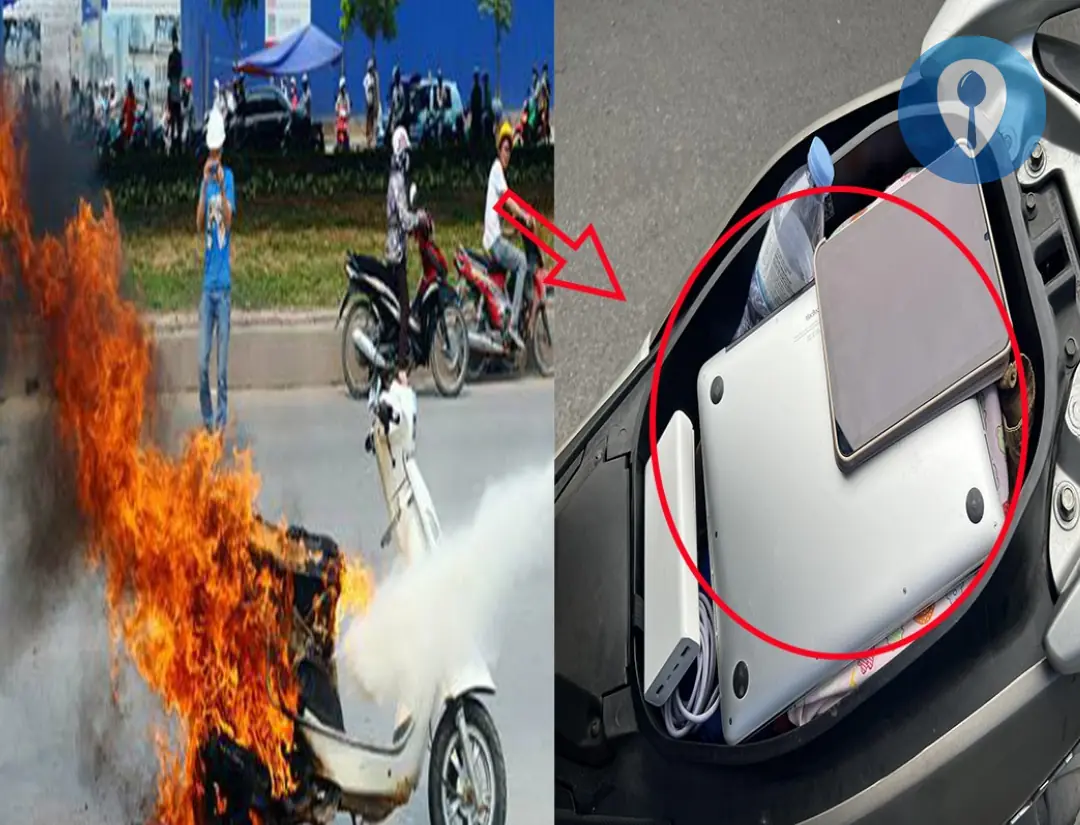
You should be careful with 6 things in the trunk of your motorbike

Mix washing powder with a can of b.eer and leave it in the corner of the house. No matter how many mosquitoes there are, they will all be ki.ll.ed

5 types of poisonous meat and fish that are so terrible that sellers don't dare eat a piece
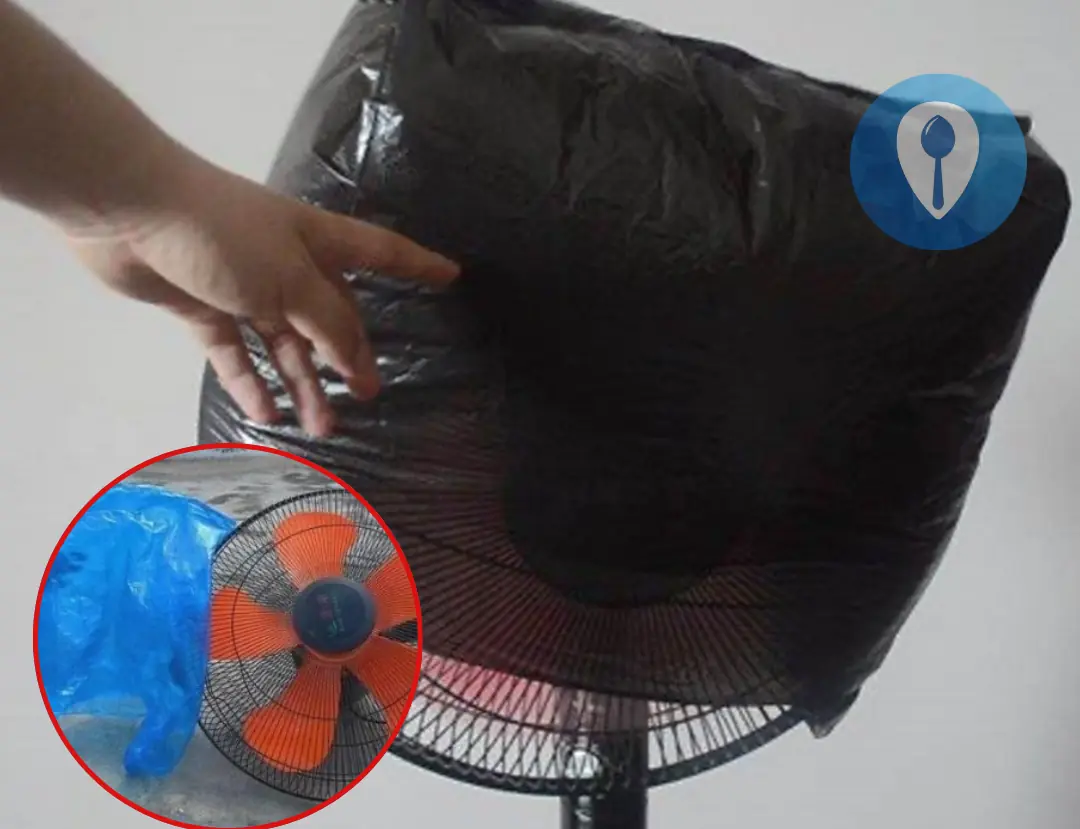
If the electric fan is dirty, don't rush to disassemble it.
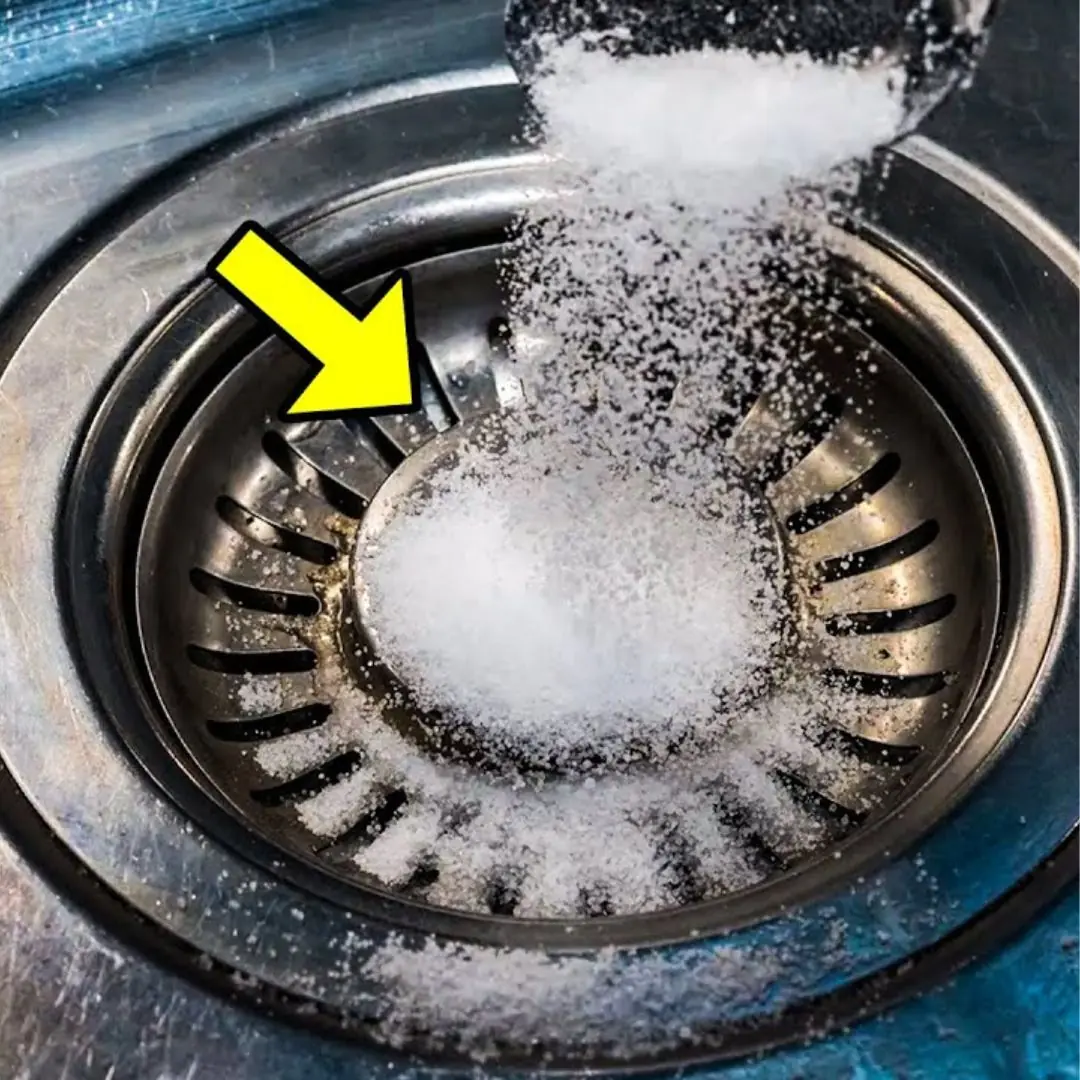
Why should you pour salt down the drain at night?

Cleaning the washing machine is very necessary, but not everyone knows about this hidden switch
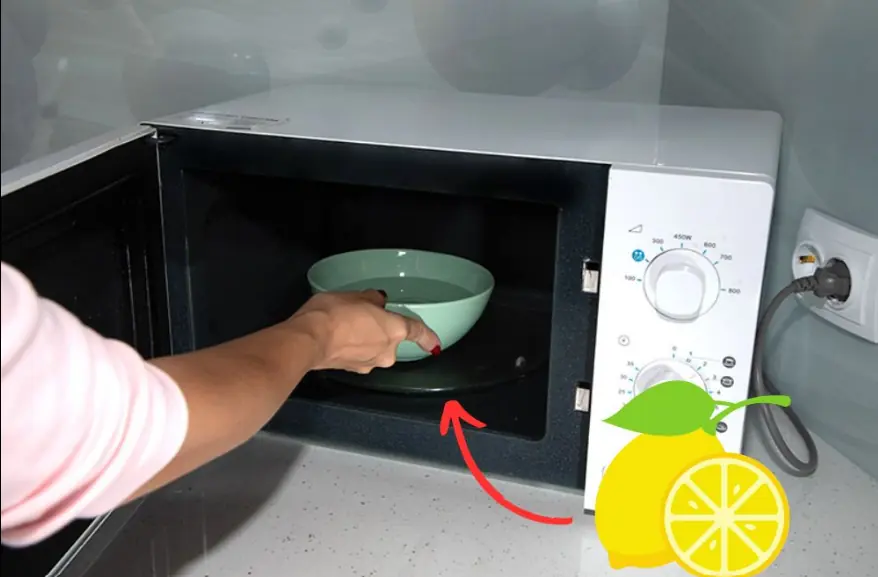
How to Deodorize Your Microwave with Lemon
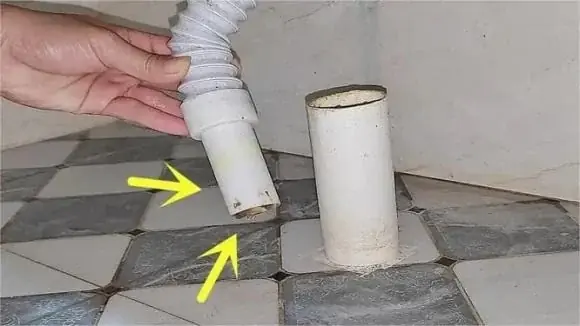
Using a Small Plastic Bag This Way Will Eliminate Unpleasant Odors from Your Bathroom and Kitchen Drains

3 types of water that shouldn't be stored in a thermos

Tips to get rid of ants from your house without spending a penny

When buying eggplants, should you choose curved or straight ones? Growers share 4 tips

5 surprising effects of eating bananas at night

TIPS to stimulate hair growth with rice water effectively after only 1 month

What to do if bit.te.n by a dog? 6 safe ways to handle and give first aid
News Post

5 Useful Sleeping Positions That Many People Don't Know

Why Are So Many People Alarmed After Seeing This Photo?

Detox Lungs Naturally: How to Cleanse Lungs Naturally with Food
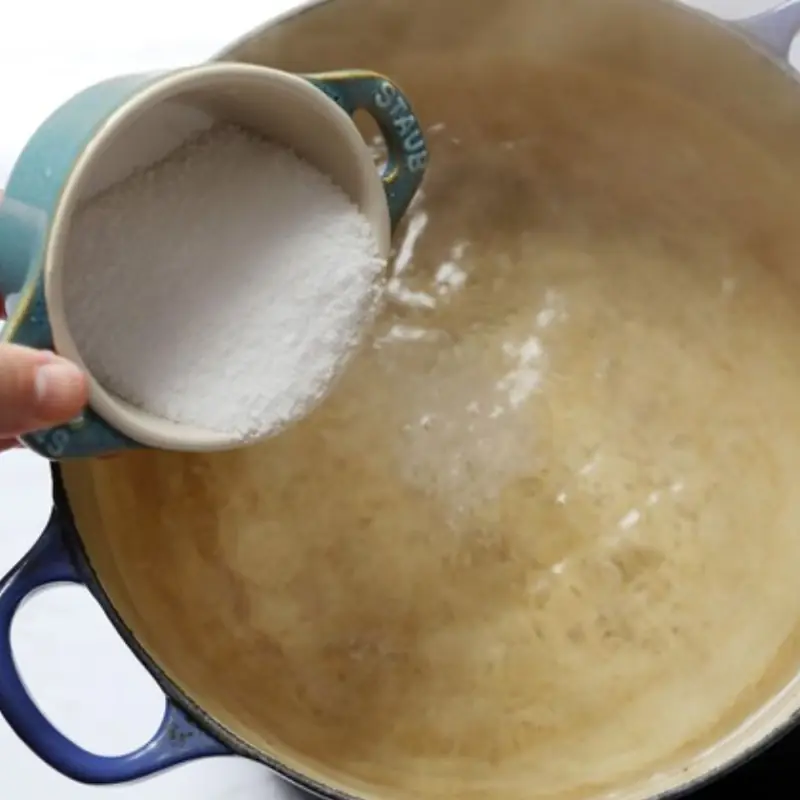
Cancer Cells Love These 3 Flavors the Most — Many People Are Shocked to Realize They Eat Them Every Single Day

Early Detection of Diabetes Through 7 Commonly Overlooked Signs

There Are 4 Parts of a Pig That Seem 'Delicious' But Should Actually Be Thrown Away

Using Public Wi-Fi Without Knowing This Could One Day Wipe Out Your Entire Bank Account

3 Groups of People Who Should Limit Sweet Potatoes, Despite Their Nutritional Value

Recognizing 9 Early Signs of Liver Cancer That Are Most Easily Overlooked

Goodbye Puffy Eyes Coffee Under Eye Cream to Get Rid of Puffy Eyes and Dark Circles

The Best Tea for Swollen Legs: A Natural Diuretic for Ankles and Feet

Natural Treatment for Diabetes, Stomach Issues, and High Blood Pressure

The Famous KFC Coleslaw Recipe

Healthiest FRUIT on EARTH: What occurs in the body by eating just 3 a day?

Why Are Turn Signal Lights Yellow Instead of Green or Red?

3 Types of Foods That Spike Blood Sugar – Diabetics Should Limit These

Where are the 3 hidden faces?

10 Can.cer-Fighting Foods You Should Eat Regularly
